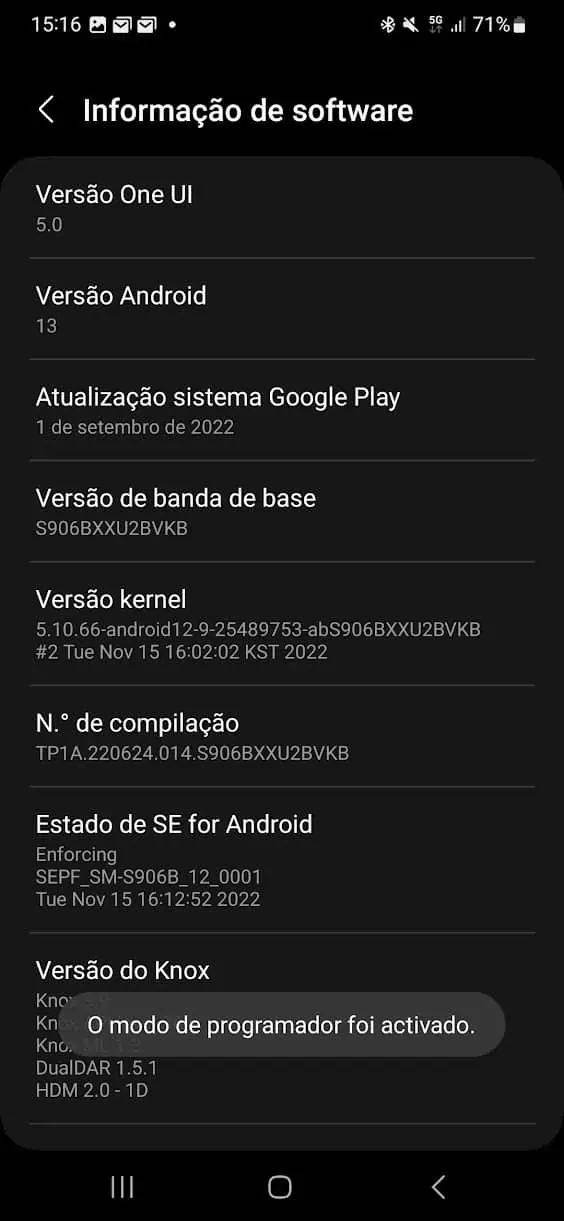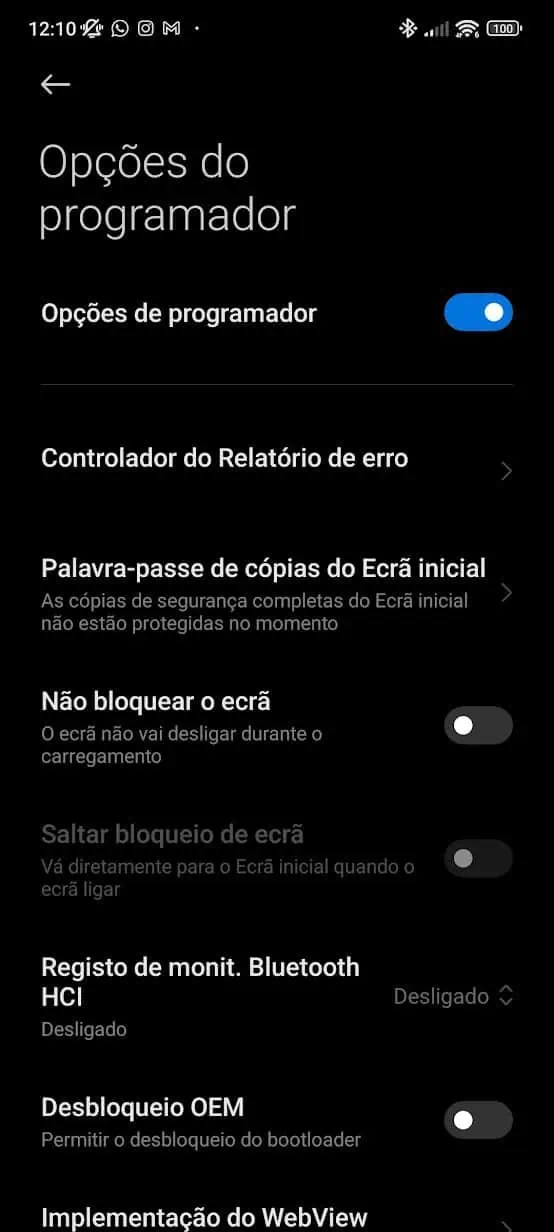Tech
Android: Is it a good idea to enable developer options?

Most people have no reason to turn on developer options, but there comes a time when some feel pressured to do so. Android hides developer options by default. This raises the question: is there any downside to enabling the scheduler options?
Android: Is it a good idea to enable developer options?
Developer options are settings that are mostly of interest to application developers. Android. This includes features like keeping a phone’s screen on indefinitely while the device is plugged in, so you can monitor an app’s performance over a long period of time.

One of the most common reasons people look for Scheduler options is to enable USB debugging. It is required to install Android applications from a PC or to flash a custom ROM.
What are the risks?
There’s a reason the scheduler options are hidden. Once activated, the features cause behavior that may appear problematic or even inhibit the ability to use your phone normally.
What can happen?
You can configure your phone to be connected to LTE and Wi-Fi at the same time. This results in increased battery usage, leaving you wondering why your phone doesn’t last as long as you expected.

You can change the animation speeds of applications, making a device appear too slow or as if it is not displaying animations.
You can change audio settings that cause the sound to be too slow, too soft, or too loud.
You can disable codecs required for video playback in various applications.
But there are also advantages to enabling developer options
If you’re a power user who likes tinkering with your devices, you probably have a good idea of how to repair your phone. And when necessary, a factory reset solves most software problems. You’re probably more concerned that enabling developer options exposes you to remote attacks, malware, and other threats.
All types of malware and other security threats target Android devices, but they often don’t check whether the developer options are enabled. Unless an attacker is specifically targeting you, design your code to go after the lowest common denominator. This means devices that normal people use, where the developer options are disabled.

This type of malware targets older hardware, with outdated versions of Android that contain software vulnerabilities that have not been patched. Or they rely on installing an APK from an untrustworthy source – pirated versions of paid apps, for example, are an attractive way to introduce nefarious code. Keeping developer options disabled is not part of the list of tips to avoid dangerous malware on Android.
Enabling USB debugging allows you to transfer software from a PC to your phone via a wired connection, but you need to approve the connection. The same applies to wireless debugging. In both cases, an attacker needs to have physical access to your device or an application needs to trick you into approving the connection. Your phone is not vulnerable as it would be if you unlocked the bootloader.
-

 Business5 months ago
Business5 months agoThis big movie with Ana de Armas and Keanu Reeves comes to AMC this weekend
-

 Entertainment5 months ago
Entertainment5 months agoNew trailer for DLC Dragon Ball Z: Kakarot “Goku’s Next Journey”
-

 Tech1 month ago
Tech1 month agothesparkshop.in:product/wireless-earbuds-bluetooth-5-0-8d-stereo-sound-hi-fi
-

 Business5 months ago
Business5 months agoWhat should you know about patio homes for sale in Scottsdale?













